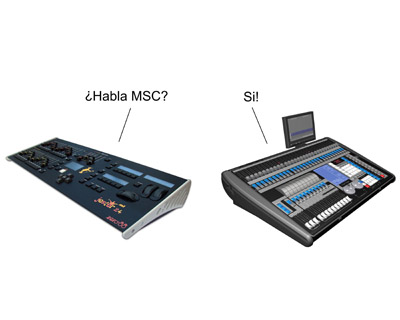Peeling Back the Layers
Each year it seems that new lighting fixtures become more and more complex. If you attend any lighting tradeshows you will find that most manufacturers have LED fixtures, media servers and digital lighting products. These unique products are very different in output and control from good old “automated” lighting fixtures. Many of these units require knowledge of their protocol as well as a good understanding of how they interact with a lighting desk.

